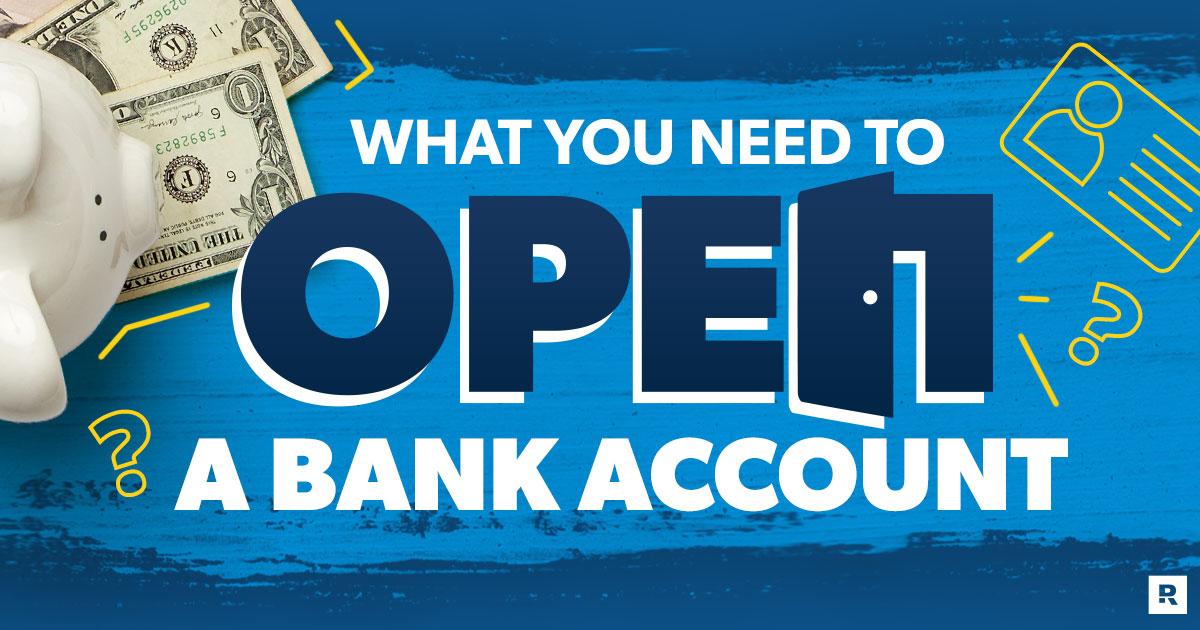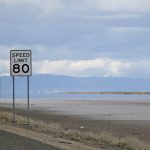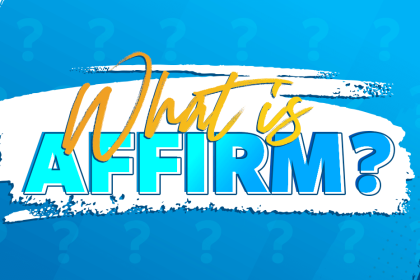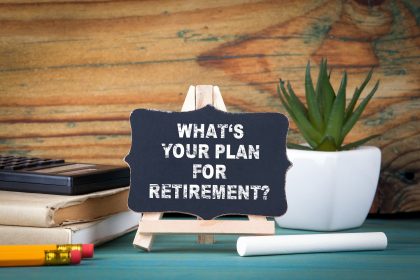Whether you’re switching banks or starting fresh, opening a bank account is a big step. So it’s important to get everything in order before you try setting up the account.
But how do you prepare? What do you need to open a bank account? And in this digital age, do you even have to go to the bank to open an account?
Well, you’ll definitely need several forms of identification to open a bank account, but some other things might surprise you. We’ll talk all about that in just a minute, but let’s get the basics out of the way first.
What Do You Need to Open a Bank Account?
Opening a bank account is pretty simple. Many banks will let you apply and open an account totally online—especially if the bank is an online bank. Others might require you to visit a branch in person to verify your identity or mail in some forms after applying online.
But if you’re the type who likes face-to-face interactions, stop by a local bank or credit union and sit down with a banker. Most will be more than happy to walk you through the process. (You might even get a free lollipop out of the deal.)
While the specifics of how to open a bank account vary from bank to bank, what you need to open a bank account is usually the same:
- Government-issued ID
- Proof of address
- Additional personal info
- Money
What Documentation Do You Need to Open a Bank Account?
Did you know banks have to protect themselves from consumer identity theft? This type of fraud costs them tons of money every year. So when you open an account—even if you’re banking online—you’ll need documentation proving you are who you say you are.
You’ll also need documentation for anybody else whose name will be on the account, like your spouse or principal (that’s the person who made you their power of attorney—not the one from high school).
If you’re banking in person, you’ll need to bring all these documents with you so the banker can put your info into their system. Online banking works the same way, except you’ll probably have to upload the documents (or at least input your info) on the bank’s website.
Government-Issued ID
A government-issued ID is the easiest way for the bank to know who you are. Most people use their driver’s license, but a passport or a state-issued ID card works too.
Passports also come in handy when you’re setting up an account for your kid who’s under 18. But if you’ve never taken your kid out of the country (which is most parents, because that kind of vacation is expensive), that’s okay! Just ask the bank what type of documentation you should bring for Junior—a birth certificate or Social Security card will usually work. Go ahead and bring your ID, too, if your name will be on the account.
And make sure your kid knows how proud you are of them for being responsible enough to have their own bank account. This is a big step for them and you—after all, now you get to teach them how to save and spend wisely.
Proof of Address
In the old days, customers could only open bank accounts if they brought in a document (usually a piece of mail) that proved they lived where they said they did. That’s because banks use customers’ addresses to check their identities and contact them.
But modern technology is making these things easier than ever. Most banks—especially online ones—will just use the address on your government-issued ID.
Budget every dollar, every month. Get started with EveryDollar!
If your bank does require another proof of address (which is more likely to happen when you open an account in person), you’ll want to find a document with both your name and address printed on it. That could be a lease, utility bill, tax bill or some other official piece of mail. Sorry, junk mail or mail addressed to “Current Resident” won’t cut it—unless by some strange twist of fate your legal name is actually Current Resident.
Other Personal Information
Most banks ask for extra information like your Social Security number, individual taxpayer identification number, and birthdate to help identify you. They may also want a phone number or email address so they have a quick and easy way to contact you with account information.
Let’s be honest, though. They’re mostly just going to email or snail mail you garbage credit card or home equity loan offers that will make them money by dragging you deep into debt. These offers will not help you, so opt out of them whenever you can.
And remember, different banks have different rules about personal info. If you have questions, ask the bank directly about their requirements—don’t just guess.
How Much Money Do You Need to Open a Bank Account?
Once you’ve picked an account and gathered your documents, you’ll need to round up some cash for your deposit. After all, a bank account is for saving and spending money, so it doesn’t make much sense to open an account with nothing in it.
Some banks will let you open an account with no money, especially if you set up direct deposit for your paycheck. Other banks might let you open an account with an initial deposit as low as $5.
If you open an account without a deposit, be aware that the bank expects you to start putting money into the account soon. Like, yesterday. So you’ll need a steady job, a Social Security payment or another form of income.
Otherwise, you could get slapped with fees or end up owing the bank money before you put anything in your account. Or if it’s a bank with no minimum balance fees, it may close your account after a few months.
Find the Bank for You
Once you’ve gathered up your documents, you need to pick a bank or credit union that’s right for you.
A bank needs to offer more than good customer service (although, let’s be real, many of them can’t even do that). It should also offer options that will get you the financial future you want—not hold you back.
There are four main things to look at when choosing a bank:
Types of Accounts
Before you open a bank account, find out what type you need. There are several options, but we’re going to stick with two basic types of bank accounts: checking and savings.
Most people use a free or basic checking account to get direct deposit paychecks, pay bills and withdraw cash from ATMs. But you may need to consider another type, like a joint checking account if you’re married.
Savings accounts are just a place to put money until you’re ready to spend it. Some people get excited when they find out these accounts pay them interest, so they shop around for the best interest rate.
But remember, these rates are pretty low—and that’s okay! A savings account is not an investment. It’s a cushion for those times when life punches you in the gut.
You may also consider opening a checking and a savings account so you’ve got one for spending money and one for your emergency fund. Whichever option you choose, you’ve got to watch out for all the ways banks try to charge you money, like fees and minimum balances.
Fees
Fees are one of the biggest ways banks prey on people. In 2021, banks collected more than $8 billion in overdraft fees.1 That should be criminal!
And yet, lots of people have put their heads down, shuffled their feet, and said, “Well, fees are just part of banking.” No, they’re not! That’s why you need to look for accounts with low or no fees
Make sure you don’t ever pay a monthly service fee. That’s when the bank takes your hard-earned money as “payment” for letting you have the account. It’s basically like asking a 3-year-old to guard a cookie jar—they’re nibbling the cookies while you’re not looking and hoping you don’t notice the crumbs all over their shirt.
Minimums
When customers make deposits, banks actually loan that money to other people and profit by collecting the interest on those loans. (The money you get from a withdrawal is usually some other customer’s deposit, because the bank has already loaned your money out.)
The more money that’s in your account, the more the bank can loan out and the more they profit. That’s why some banks require you to maintain a minimum balance.
Minimums depend on the bank and often on the type of account. It’s not uncommon for a savings account to have a $300 minimum and an interest-earning checking account to have a $1,000 minimum.
Now, if you can’t keep the minimum in your account, you could get hit with fees. But lots of banks offer free checking accounts with no minimum balance requirements, so find one of those and use it instead.
Trust
Let’s be clear on this: Banks are businesses. And just like any business, their goal is to make money.
So, it’s important to be on your guard and trust your gut. If the banker is acting like a pushy salesperson or trying to get you to sign up for a credit card, a loan or something with high fees, just say no! It’s so easy to walk out with a piece of plastic, a $5,000 spending limit, and an 18% interest rate—but don’t do it!
Instead, you need a bank you can trust, preferably one with a good track record for customer service and low to no fees. Learn how to compare different banks, and pay attention to their customer service ratings.
Bank on Your Budget
The best way to control your money is with a budget. Sign up for EveryDollar and start today–for free!
Sign Up
Read the full article here

















